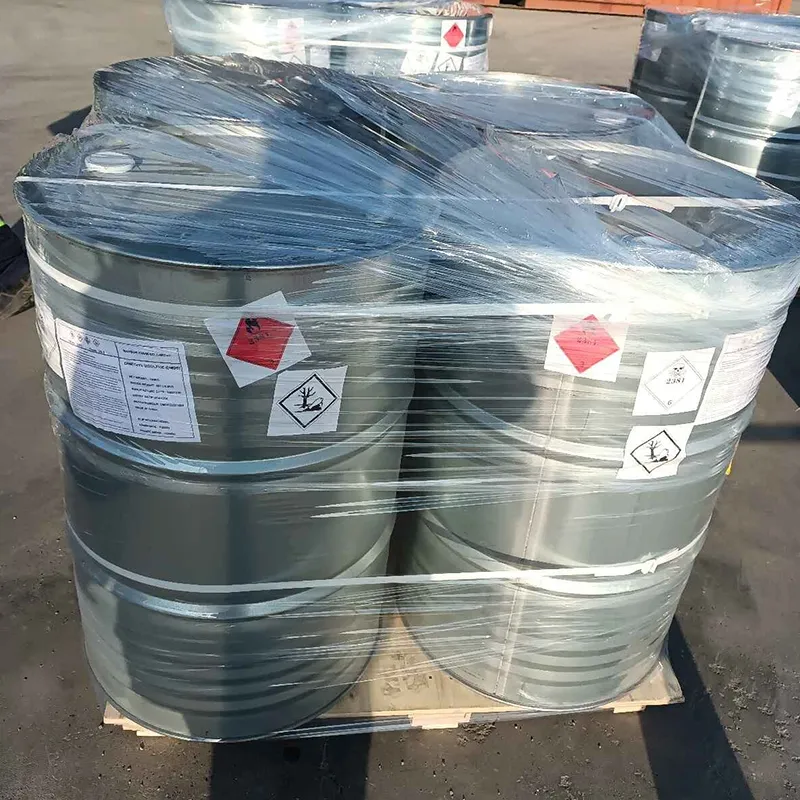
The Effects of Acetone on Different Types of Rubber Materials
The Relationship Between Acetone and Rubber An Overview
Acetone is a colorless, volatile liquid with a distinctive smell. It is widely used as a solvent in various industries, including pharmaceuticals, cosmetics, and manufacturing. One of the most interesting interactions involving acetone occurs with rubber. This relationship has significant implications in manufacturing, recycling, and understanding the properties of various rubber products.
Understanding Acetone
Acetone, known chemically as propanone, is the simplest and smallest ketone. Due to its excellent solvency properties, it is capable of dissolving many organic compounds, making it a staple in laboratories and industrial settings. It is often used in nail polish removers, paint thinners, and as a cleaning agent in many applications. The solvent is also notable for its ability to evaporate quickly, leaving minimal residues. However, its highly volatile nature can pose risks, requiring precautions during handling.
Rubber and its Types
Rubber is a versatile material that can be found in many applications, from tires and footwear to everyday items like erasers and gloves. It is generally classified into two categories natural rubber, which is derived from the latex of rubber trees, and synthetic rubber, which is produced through polymerization processes. Synthetic rubber has become dominant in the market due to its superior properties, including greater wear resistance, weather resistance, and production versatility.
The Dissolution of Rubber in Acetone
One of the intriguing aspects of acetone is its ability to dissolve certain types of rubber, particularly those that are not cross-linked or vulcanized. The dissolution process involves the breaking of intermolecular forces within the rubber material, allowing the acetone molecules to penetrate and disrupt the polymer chains. This capability is crucial for certain industrial processes, such as the recovery and recycling of rubber materials.
acetone and rubber

In the recycling industry, acetone is sometimes used to reclaim rubber from old tires or rubber products. By breaking down the rubber into a more manageable state, manufacturers can reuse the material in the production of new rubber items. However, the effectiveness of acetone varies depending on the type of rubber and the degree of cross-linking, as heavily vulcanized rubber is more resistant to solvent action.
Compatibility and Applications
In manufacturing, understanding the compatibility of acetone with rubber is essential. Many rubber formulations include additives to enhance performance characteristics, but these additives can also affect how solvent-resistant the rubber is. For example, neoprene rubber typically exhibits good solvent resistance, including resistance to acetone, while certain grades of natural rubber may swell or degrade upon contact with the solvent.
The interaction between acetone and rubber is also of significant concern in industries that rely on rubber seals, gaskets, and O-rings. Many of these components must maintain their integrity to ensure the reliability of machinery and equipment. Therefore, engineers must select materials with suitable solvent resistance to prevent potential failures due to swelling or degradation from acetone exposure.
Safety Considerations
When working with acetone, safety should be a priority. The solvent is highly flammable, and inhalation of vapors can pose health risks. In settings where acetone is used alongside rubber products, it is crucial to ensure proper ventilation and to use appropriate personal protective equipment. Moreover, the disposal of acetone and rubber waste should adhere to safety regulations to minimize environmental impact.
Conclusion
The relationship between acetone and rubber highlights the interplay between chemistry and industry. Understanding how acetone interacts with various rubber types is essential for optimizing manufacturing processes and ensuring the longevity and reliability of rubber-based products. As industries continue to innovate, the insights gained from this relationship will aid in the development of sustainable practices and safer materials, ultimately benefiting both manufacturers and consumers alike.
-
Pure Sodium Dichloroisocyanurate Dihydrate | Powerful DisinfectantNewsAug.29,2025
-
Industrial Chemicals: Quality & Purity for Every IndustryNewsAug.28,2025
-
Nitrile Rubber Honoring Strict Production StandardsNewsAug.22,2025
-
Aspartame Ingredients Honoring Food Safety ValuesNewsAug.22,2025
-
Fertilizer for Balanced Plant NutritionNewsAug.22,2025
-
Cyanide Gold Processing with High Purity AdditivesNewsAug.22,2025
-
Formic Acid in Textile Dyeing ApplicationsNewsAug.22,2025
Hebei Tenger Chemical Technology Co., Ltd. focuses on the chemical industry and is committed to the export service of chemical raw materials.
-

view more DiethanolisopropanolamineIn the ever-growing field of chemical solutions, diethanolisopropanolamine (DEIPA) stands out as a versatile and important compound. Due to its unique chemical structure and properties, DEIPA is of interest to various industries including construction, personal care, and agriculture. -

view more TriisopropanolamineTriisopropanolamine (TIPA) alkanol amine substance, is a kind of alcohol amine compound with amino and alcohol hydroxyl, and because of its molecules contains both amino and hydroxyl. -

view more Tetramethyl Thiuram DisulfideTetramethyl thiuram disulfide, also known as TMTD, is a white to light-yellow powder with a distinct sulfur-like odor. It is soluble in organic solvents such as benzene, acetone, and ethyl acetate, making it highly versatile for use in different formulations. TMTD is known for its excellent vulcanization acceleration properties, which makes it a key ingredient in the production of rubber products. Additionally, it acts as an effective fungicide and bactericide, making it valuable in agricultural applications. Its high purity and stability ensure consistent performance, making it a preferred choice for manufacturers across various industries.





